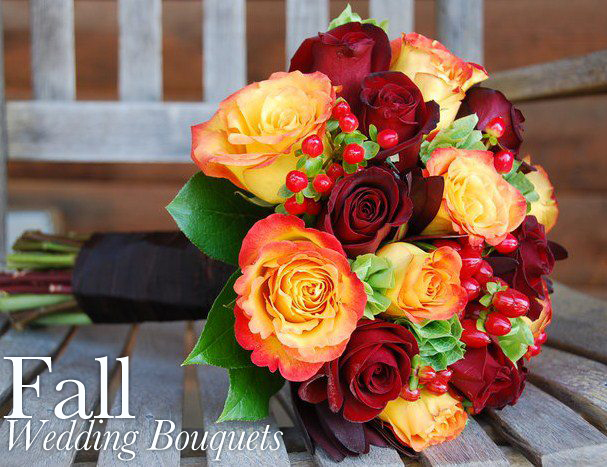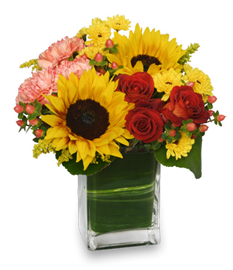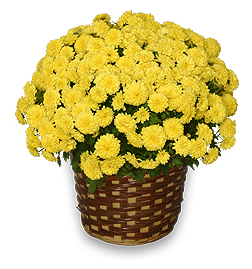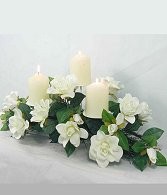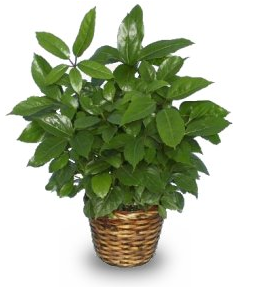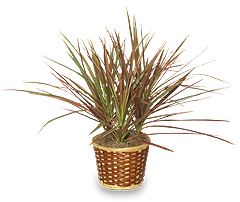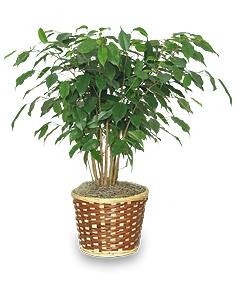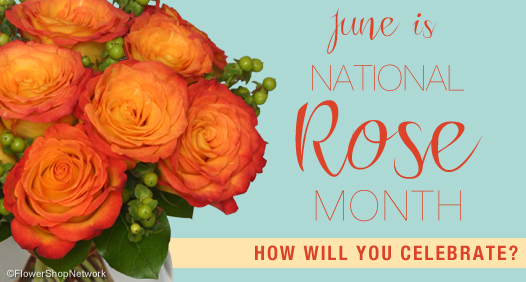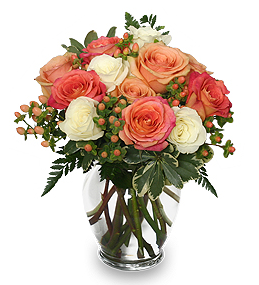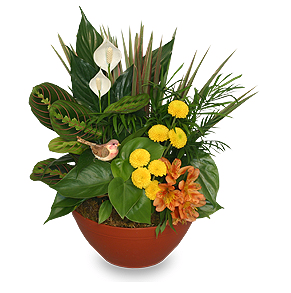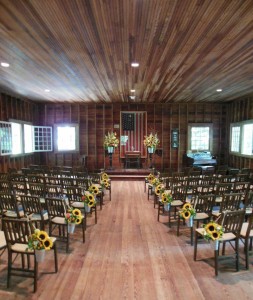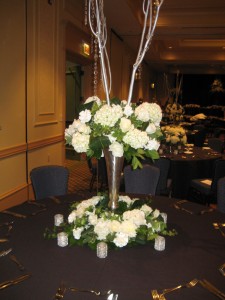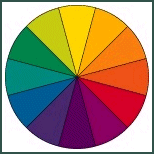Tis the season for making merry, and creating a festive holiday environment is a traditional part of preparing for the annual celebration. Your local florist has lots of great Christmas decorating ideas, from nostalgic to contemporary, to help you enhance your surroundings for the holidays.
Christmas Wreaths & Swags
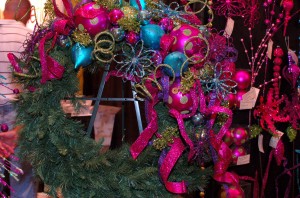 Of course, we’re all familiar with the traditional Christmas wreath, which can be designed in nearly any style or color harmony. But if you’re bored with wreaths, an alternative Christmas decorating idea might be to hang a graceful swag on your front door. One-half of a standard 9-foot length of artificial pine garland can be used as the base for such a swag, with the upper third doubled over to create a broader top. A colorful ribbon intertwined from top to bottom sets the mood and theme of the design, and the addition of pines cones, berries, or permanent fruits or flowers brings it to life. A fluffy bow at the top completes the swag. It’s a beautiful idea for a narrow front door (or pair of doors), under a coach light, between two windows, or indoors on either side of a fireplace.
Of course, we’re all familiar with the traditional Christmas wreath, which can be designed in nearly any style or color harmony. But if you’re bored with wreaths, an alternative Christmas decorating idea might be to hang a graceful swag on your front door. One-half of a standard 9-foot length of artificial pine garland can be used as the base for such a swag, with the upper third doubled over to create a broader top. A colorful ribbon intertwined from top to bottom sets the mood and theme of the design, and the addition of pines cones, berries, or permanent fruits or flowers brings it to life. A fluffy bow at the top completes the swag. It’s a beautiful idea for a narrow front door (or pair of doors), under a coach light, between two windows, or indoors on either side of a fireplace.
The remaining half of the artificial garland can be decorated to match the swag, and then used in any of a number of places in the home: across a mantle, along a stair rail, around a lamp post, festooning a doorway, or down the center of a long dining table as a runner. Just for variety, place it in one of these locations this year, and use it in a another the next.
Using Candles For A Candlescape
Another Christmas decorating idea which is gaining favor is the “candlescape“; simply an arrangement of various sizes and shapes of candles, placed into a low tray or shallow container, and accented with evergreens, ribbons, small ornaments and the like. Candlescapes are lovely on a coffee table, credenza, or dining table, and they add the element of sparkling light to the holiday environment. Adding reflective materials to the design helps to enhance the value of the candlelight.
Winter Vs. Christmas
One way to extend the use of your permanent holiday decorations is to ask your florist to create a “winter” design for you rather than a Christmas arrangement. Such a design may be more subtle in its composition rather than bold and colorful, making use of branches, pods, foliages, empty bird nests, and other natural elements which are harmonious with the season. A winter wreath will be appropriate on your front door for several weeks past the time when the Christmas decorations have been taken down. It may even be jazzed up for Christmas with the temporary addition of a luxurious velvet bow or a translucent fabric ribbon woven with metallic threads.
Consult you local florist for more Christmas decorating ideas, and have a happy and peaceful, not to mention well-decorated, holiday season!


 Find Your
Find Your 
